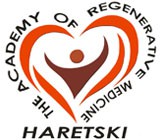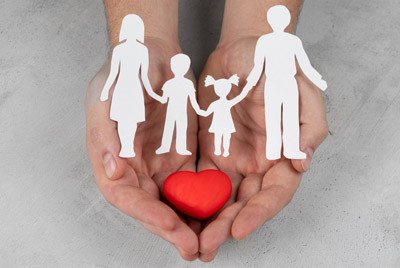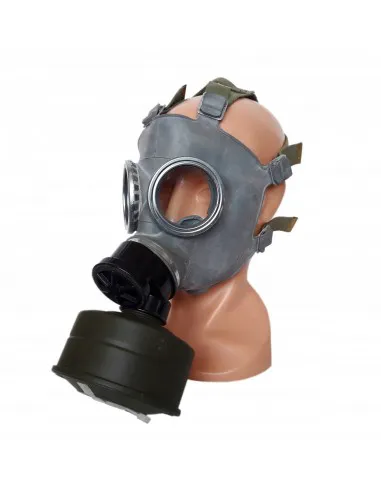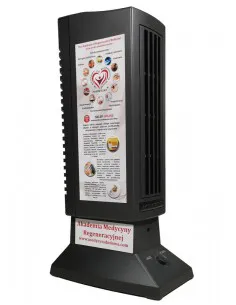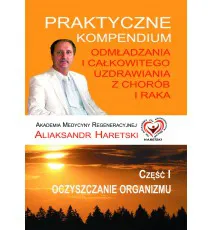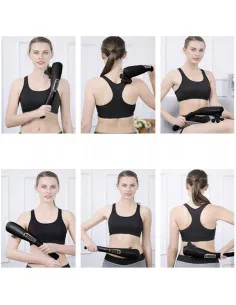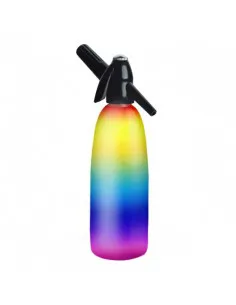Snoring is a common problem that many people experience, usually as a result of narrowing of the upper airways, weakness of the abdominal muscles, diaphragm and lung function, which prevents air from flowing freely to the lungs and nose. Snoring and heavy breathing at night can lead to a very dangerous disease, which is obstructive sleep apnea, i.e. stopping breathing during sleep.
During apnea, the respiratory center in the brainstem responds to rising CO2 levels and sends a signal to the diaphragm to resume breathing. However, as the diaphragm contracts to draw air into the lungs, the increased negative pressure intensifies the apnea and gradually induces hypoxia (hypoxia). As a result, the oxygen saturation of the blood drops to such a level that the brain, in defense of life, temporarily stimulates the sleeping person, who takes a large breath in a strong gulp, followed by a series of heavy and intense breaths. The most common symptoms of sleep apnea are irregular breaks in snoring caused by the feeling of suffocation, accelerated heart rate, or even urination at night. It is worth noting that this ailment also affects the female gender. Sleep apnea in women can be even more dangerous than in men. If left untreated, sleep apnea can even lead to stroke, heart attack, or chronic obstructive pulmonary disease.
Mask Features:
- strengthens the respiratory muscles,
- reduces apnea,
- improves tolerance to exercise,
- improves blood flow to the limbs,
- improves exercise capacity and endurance,
- prevents lung and respiratory ailments,
- improves the quality of life of many patients and athletes.
To restore the respiratory function of the lungs after impairment of lung function caused by chest and lung diseases, surgery, anesthesia, mechanical ventilation, prevention of snoring and sleep apnea. The mask is designed to perform deep inhalation and exhalation exercises, which are designed to strengthen breathing. By exercising your lungs and breathing muscles, you can strengthen your inhalation and exhalation muscles by using a mask that resists inhalation and exhalation through the nose and/or mouth. Regular respiratory muscle training (RMT) will improve your physical capacity and performance of the inhalation and exhalation muscles.
Repetition allows you to:
- oxygenate the body,
- increase lung capacity,
- facilitates expectoration of mucus,
- reduces the risk of re-infections.
Systematic exercises with a mask will help with respiratory ailments and problems, such as asthma or allergies. Respiratory muscle training can improve results, especially in swimming, running, cycling, cross-country skiing and other typical endurance and endurance disciplines.
It is worth practicing diaphragm breathing with a mask, because it is the second most important muscle in the human body after the heart, working constantly. The important role of the diaphragm is evidenced by the fact that its functioning affects the organs in the abdominal cavity, the spine, the respiratory, lymphatic and circulatory systems. Strengthening the diaphragm with regular exercises helps to relieve the spine, prevents disc diseases and sciatica. Frequent movement of the diaphragm will help to avoid problems with blood or lymph stasis, thus reducing the risk of varicose veins, edema and cellulite.
The original MC-1 type gas mask is perfect for breathing exercises. It is a typical civilian mask. Masks 100% unused, stock condition. Year of production - 80-90. Perfectly preserved, masks can be secured with talcum powder, slight tarnish on the metal frames of the glasses.
Set contains:
- face mask
- absorber
- a camo bag
